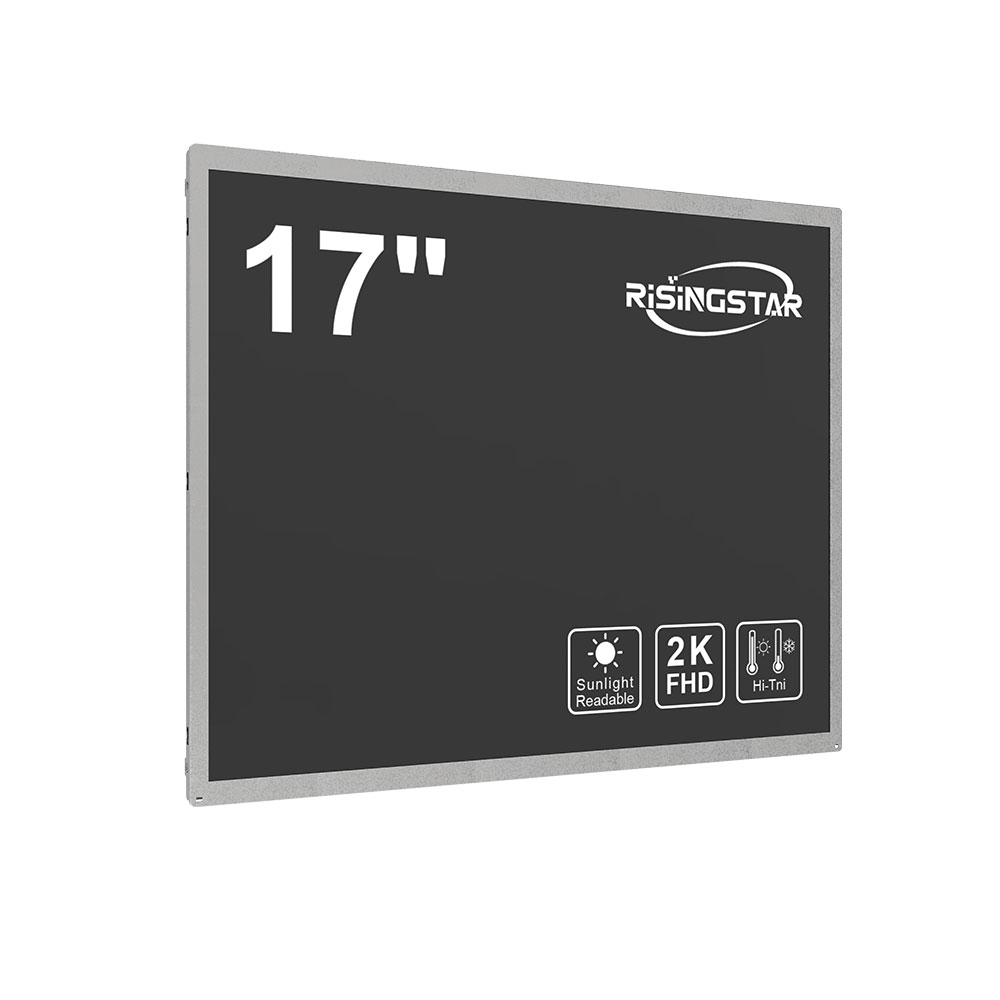When selecting an outdoor LCD screen for commercial, industrial, or public use, it’s critical to prioritize both performance under extreme environmental conditions and long-term reliability. Unlike indoor displays, outdoor screens must withstand UV exposure, temperature fluctuations, moisture, and physical impact—making material quality, brightness, and sealing standards non-negotiable.
First, consider luminance. For direct sunlight visibility, a minimum of 5,000 nits is recommended—industry standards like those from the Society of Motion Picture and Television Engineers (SMPTE) suggest that 7,000 nits or higher ensures optimal readability even at noon. High-brightness panels with LED backlighting are essential; some premium models now exceed 10,000 nits using advanced local dimming techniques.
Second, evaluate IP ratings. An IP65 or higher rating is standard for outdoor installations—it means the screen is dust-tight and protected against water jets from any direction. In harsh environments such as coastal areas or construction sites, IP68-rated enclosures provide full submersion protection. Always check manufacturer test reports, not just marketing claims.
Third, assess thermal management. Outdoor screens generate significant heat, especially in summer. Look for passive cooling systems like aluminum heatsinks and active solutions such as fan-assisted ventilation with dust filters. A thermally optimized design extends component lifespan and reduces maintenance costs over time.

Fourth, consider viewing angles and color accuracy. Wide viewing angles (178° horizontal and vertical) ensure consistent image quality across multiple perspectives—a necessity for digital signage in busy urban spaces. IPS or VA panel technologies typically offer better color uniformity than TN panels, which degrade quickly under UV light.
Finally, choose reputable manufacturers with proven field performance. Case studies from cities like Dubai and Singapore show that brands compliant with IEC 60068-2-30 (salt mist testing) and MIL-STD-810G (vibration and shock resistance) outperform generic alternatives by up to 40% in real-world deployments.

In summary, an ideal outdoor LCD screen balances brightness, durability, thermal resilience, and display fidelity—factors validated through rigorous industry standards and global case studies.







